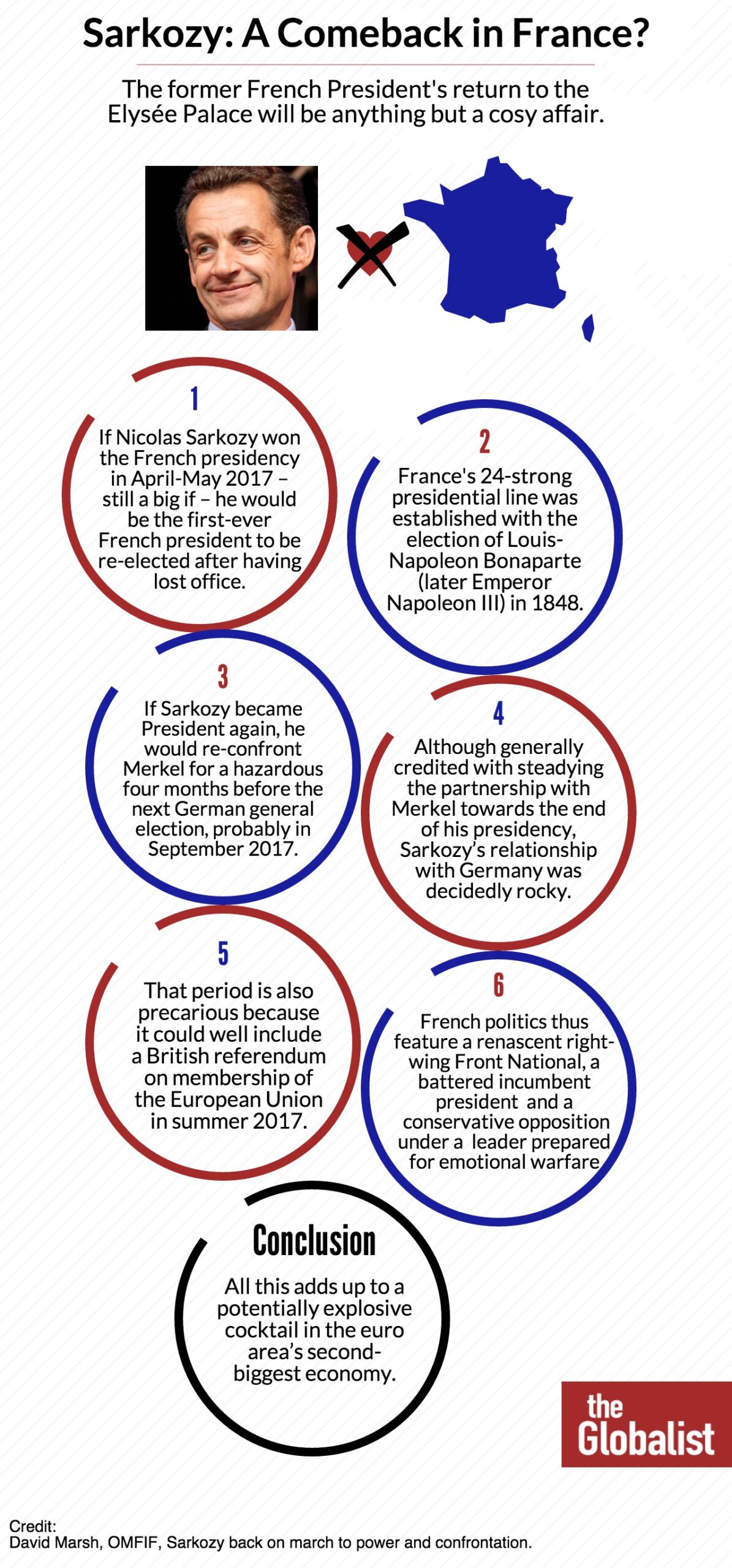Regionalism, Asia Style
Unlike in Europe, Asian regionalism has been market-led.
December 2, 2014

Despite its current problems, the EU is often considered to be the gold standard for countries working together for peace and prosperity. While there are many types of regionalism in the world — North America has NAFTA, South America has Mercosur, Australia and New Zealand have Closer Economic Relations — Asia is seen as a latecomer.
See Stephan Richter and John West’s article in The Jakarta Post: Regionalism, Asia Style.
This is actually the time for a perfect role reversal: Today’s Europe needs to embrace Asia’s original private-sector orientation, while Asia now has Europe’s starting point of using trade to overcome difficult history.
What is unique about Asian regionalism in a global context is that it has been substantially market-driven. This move started in 1985, following the Plaza Agreement to revalue the yen, when many Japanese companies began offshoring labor-intensive manufacturing activities to lower-cost destinations, such as the ASEAN countries of Southeast Asia and China.
Soon after, Hong Kong, Korea, Singapore and Taiwan followed suit in offshoring production. The region’s value chains for electronics, automobiles, clothing and footwear and other products were thus gradually established.
Value chains spread to Asia
In the first phase, the final products of these value chains were primarily sold to U.S., European and Japanese markets. However, ever since the 2008 Lehman shock and the subsequent financial crisis, there has been an acceleration of regional integration. China, in particular, became a more active trading and investment partner of all Asian countries.
With the rising purchasing power of Asia’s middle class, Asia’s value chains are now increasingly servicing Asian consumers. Today, some 40% of East Asian trade takes place within the region, compared with 30% two decades ago.
In Europe, the percentage of trade that is conducted within the region already amounts to 69%. The goal for East Asia should be to move dynamically into the same percentage range.
Given the current level, that would require at least a 50% increase in the share of regional trade. That seems entirely feasible, given the growth and population dynamics of the wider region. Consider also that this by no means implies any “decoupling” from other global markets, or specifically the U.S. market.
It just foreshadows a trading world where Asia completes the process from initially being an outsourcing destination for multinational corporations to becoming the key growth driver of the global economy. Such a broadening of Asian nations’ trade portfolio would be a win-win situation for Asia.
Comparing models
The European example shows that such an intensification of trade within the region also has important spillover effects into fields other than trade. Doing business with each other ultimately is the best instrument with which to build what most of Asia seems to strive for – better neighborly relations. Trade ultimately is the best confidence-building measure.
Compared to the model Europe pursued, Asia has had the distinct advantage that it did not put the cart before the horse. Its regionalism has been market-led–and thus started out with emphasizing the right path for creating the basis for shared prosperity in the region. Unlike in Europe, Asian governments have arguably followed, rather than led, this process.
That does not mean, however, that governments don’t have an important role to play. One concrete example where they can achieve something transformative is discussions of a possible FTA between China, Japan and Korea that have been underway for some time.
Another example concerns relations between South Korea and Vietnam. The two nations, very much on opposite ends militarily during the Vietnam War, are now slated to sign a bilateral free trade agreement by year’s end.
That kind of forward-looking pragmatism should be an inspiration to other nations across Asia. A particularly crucial economic dimension where this should play out, given the size of both economies, is in the trade relationship between Japan and South Korea, two countries that have continued to see their difficult pasts haunt their future. Will Korea follow Vietnam in putting progress first?
The history-healing aspect aside, the cross-cultural understanding that trade connections foster is also pivotal for Asia’s future.
Asia’s boon: Diversity
Asia is undoubtedly more diverse than Europe – whether in terms of level of development (from rich Singapore to very poor Laos), politics (from democracy to dictatorship and everything between), economics (free markets to state capitalism and more), or religion (Buddhism, Hinduism, Islam, Christianity, Shintoism and more). In fact, diversity is the very definition of Asia.
But this diversity has not stopped Asian countries from working together for prosperity and peace. And over time, market-led regionalism has proven its value and is now progressively becoming more institutionalized.
The evidence to date suggests that Asia’s experience in regionalism has been very successful. Almost seven decades ago, in the midst of the Cold War, no one could have imagined Asian countries working together as they are doing today.
Asia’s regionalism is most certainly a work-in-progress, but it is progressing step-by-step. And while it showed the European Union the importance of basing regionalism on the private sector as a driving force, Asia can now take a decisive step forward by emulating Europe’s past focus on governments working with each other to overcome the specters of the past.


